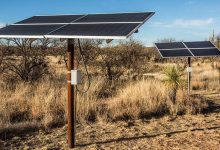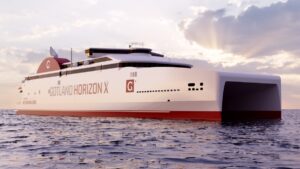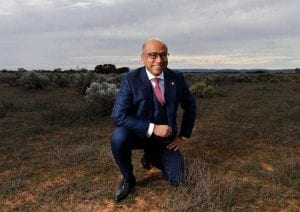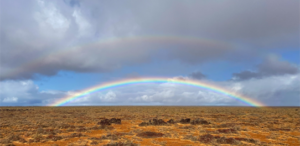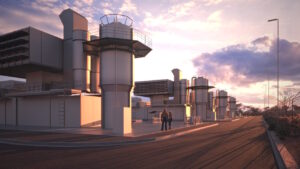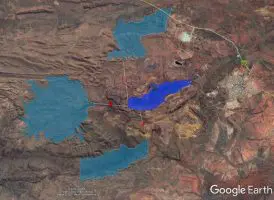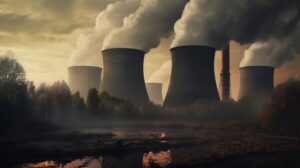Former Lyon Group chair David Green is still chasing the dream of $2/kg renewable hydrogen, with a new venture that is proposing not one but two enormous 10 gigawatt (GW) green hydrogen electrolyser projects in Australia.
The details are still light, but his new company Climate Impact Corporation (CIC) wants to build one project in the Northern Territory and one in South Australia.
It is yet to secure the land for either project, despite the fact that Green expects the first test modules to be producing hydrogen in one of those states by the end of the year.
CIC says offtake agreements have been signed although not with who or for how much, offering only that these “include major gas network companies throughout Asia”.
It expects one or both sites will be producing by 2026, with full production by 2030.
The CIC technology partners a solar farm with an electrolyser and a device that extracts water from the atmosphere, in order to sidestep green hydrogen’s heavy water requirements.
Currently, CIC does not have a working module but says the technology is “mature” and it is working on optimising it to do the first installation this year, as part of a non-binding agreement with GE Vernova to further develop the off-grid technology.
Not the same
CIC’s website says the first 10 GW project, dubbed Green Springs, will be at Tennant Creek where it is proposing to build an all-weather airport, a rail siding, warehouses, accommodation, and a training and education centre.
All up it wants a 30,000 hectare piece of land to fit the Green Springs project into.
And while the technological concept and location looks very similar to that proposed by a previous Lyon Group investee, Aqua Aerum, CIC says its latest technology and project is not the same.
Aqua Aerum company wanted to set up a solar farm, 10GW electrolyser and “air-to-water” project also in Tennant Creek, on land next to the town’s gas-fired power station. The plan was to make hydrogen from 2027.
It got as far as an offtake deal with NT’s power utility for initial hydrogen and even signed Japan’s Osaka Gas on as a partner in 2022.
At that time, Green said the $15 billion project 20 GW was in the process of scaling up to 20 GW “to meet quickly developing demand”.
But since that last nothing new has been said about Desert Bloom.
Green was the chair of solar and battery storage developer Lyon Group, which was the main investor in Aqua Aerem, and he made headlines in 2018 and 2019 when the company announced a series of enormous projects.
The projects did not come to fruition, and Lyon was instead caught in disputes and legal actions with equipment suppliers and investors that led to the winding up of at least one of its entities.
In 2021, the Federal Court ordered a Lyon Group battery and solar subsidiary to pay roughly $A6 million plus interest to global PV giant First Solar, after a years-long stoush over a loan from the latter.
The Federal Court ruled that the loan agreement with First Solar was valid and that the loan was due and repayable in the sum of $6,016,686.70, with interest.

